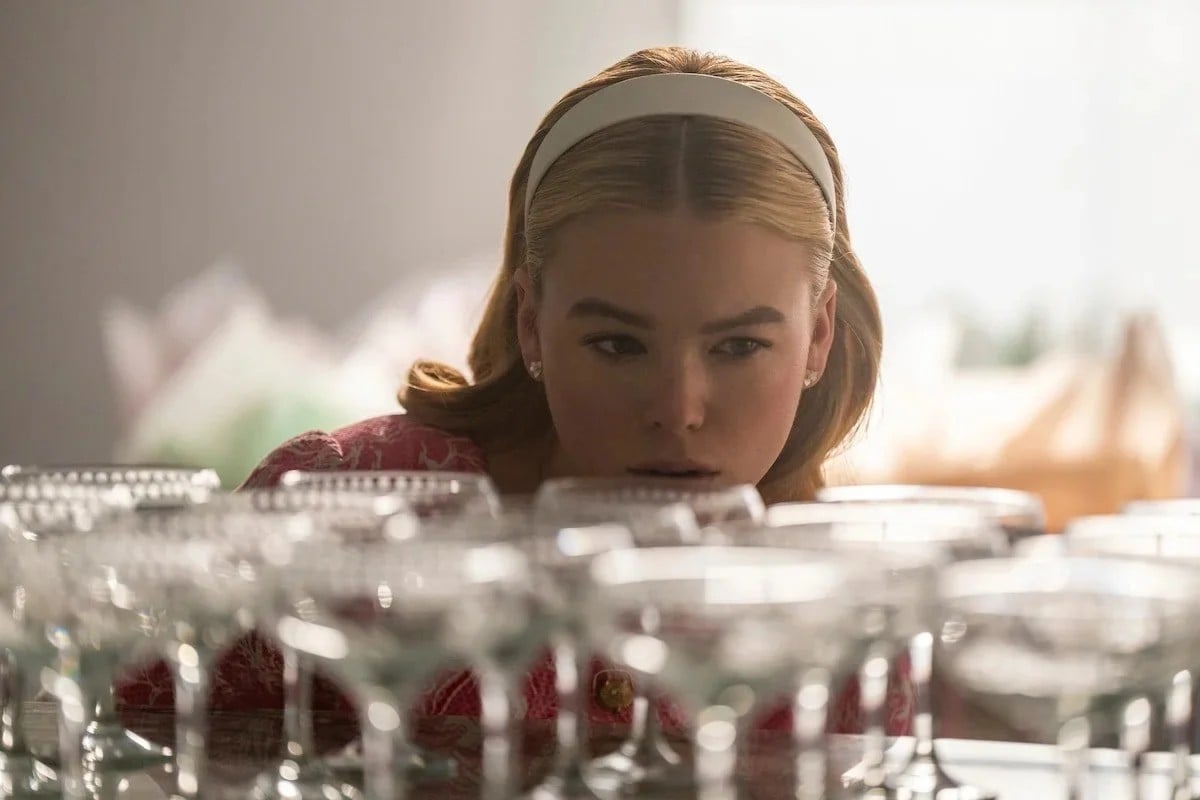To be honest — in the lavish (and somewhat absurd)
world of
Sirens
, things are not always as they seem.
Underneath the stylish outfits and the affected “hey hey” salutations that run throughout Netflix’s psychological suspense series lie several visual symbols, subtle character development, and mythological allusions that add an extra layer of intrigue to the show.
Of course, we’ve all been mesmerised by the outstanding performances from Julianne Moore, Meghan Fahey, and Milly Allcock (who could ignore them?), but the
true intrigue of
Sirens
stems from all those tiny details you likely overlooked during your initial viewing.
Tolong support kita ya,
Cukup klik ini aja: https://indonesiacrowd.com/support-bonus/
Think you’ve seen everything
Sirens
What more could be offered? Think again! These six insider secrets will completely alter how you view the show. Believe me.
Check out the trailer for Sirens. The article continues below.
The wardrobe choices.
While the luxuriously chic wardrobes of the three women in
Sirens
fit seamlessly with the affluent-socialite-getaway atmosphere of the series, every character’s attire is uniquely crafted to align with their specific narrative journey.
The costume designers crafted a range of garments that are not only visually stunning but also narrate the inner odysseys of the characters. Vivid, striking designs along with soft pastels act as symbolic representations of the alluring yet perilous realm of affluence that entangles the sisters.
“Caroline, the costume designer, demonstrated great thoughtfulness regarding the three female characters and the journey their attire takes throughout the series,” stated showrunner Molly Smith Metzler.
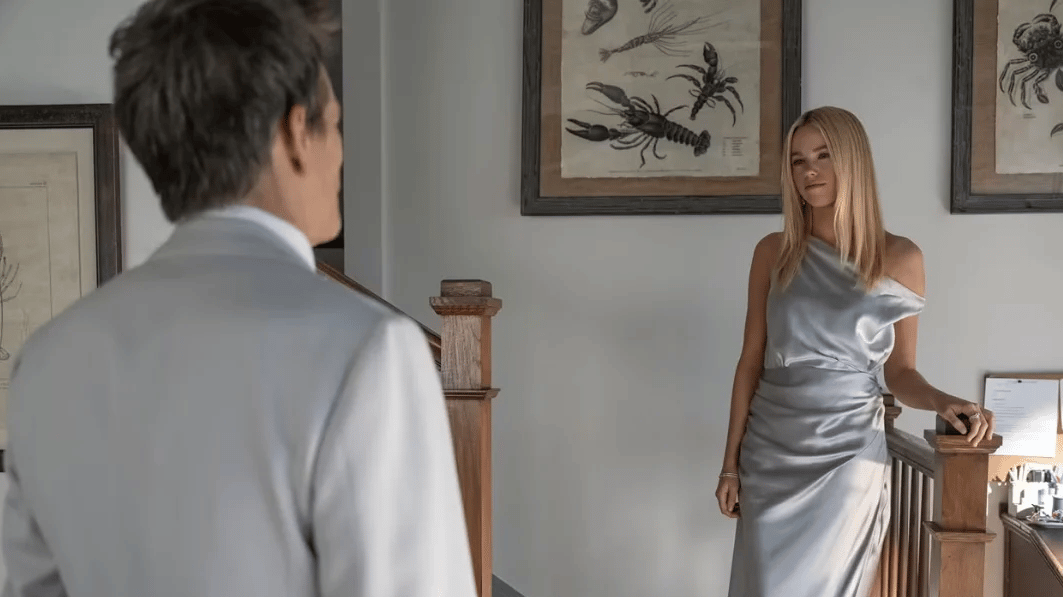
Image: Netflix
For instance, Simone evolves from a “young girl into a woman” throughout the course of the show, with her attire quietly reflecting this transformation. Notice how her outfits become increasingly refined and less childlike over time, paralleling her diminishing innocence.
Opening the performance in a vibrant pink frock paired with a dainty headband, Simone radiates young and pure vitality. She concludes her appearance dressed in an airy light blue silk gown that lends a sense of elegance and maturity.
This last appearance portrays her with a godlike aura, indicating that she has transcended mere maturation — she has evolved into an entity more potent, more perilous, and wiser than anybody had foreseen.
The costume designers did more than make stunning clothing; they developed visual narratives that suggest each character’s story long before they utter a word.
Kevin Bacon’s subtle portrayal of Peter.
Kevin Bacon decided against portraying Peter as a simple antagonist; he aimed to infuse complexity into a role that might otherwise have seemed one-note.
“I told both Molly and director/Executive Producer Nicole Kassell from start to finish, ‘It will be far too simple for him to merely serve as the villain,’ ” Bacon stated.
“I can do that — I’ve [played the bad guy] so many times, and I just feel like it needed to be a little bit more nuanced here, and I can just play him true to who he is and people can make their own judgments.”
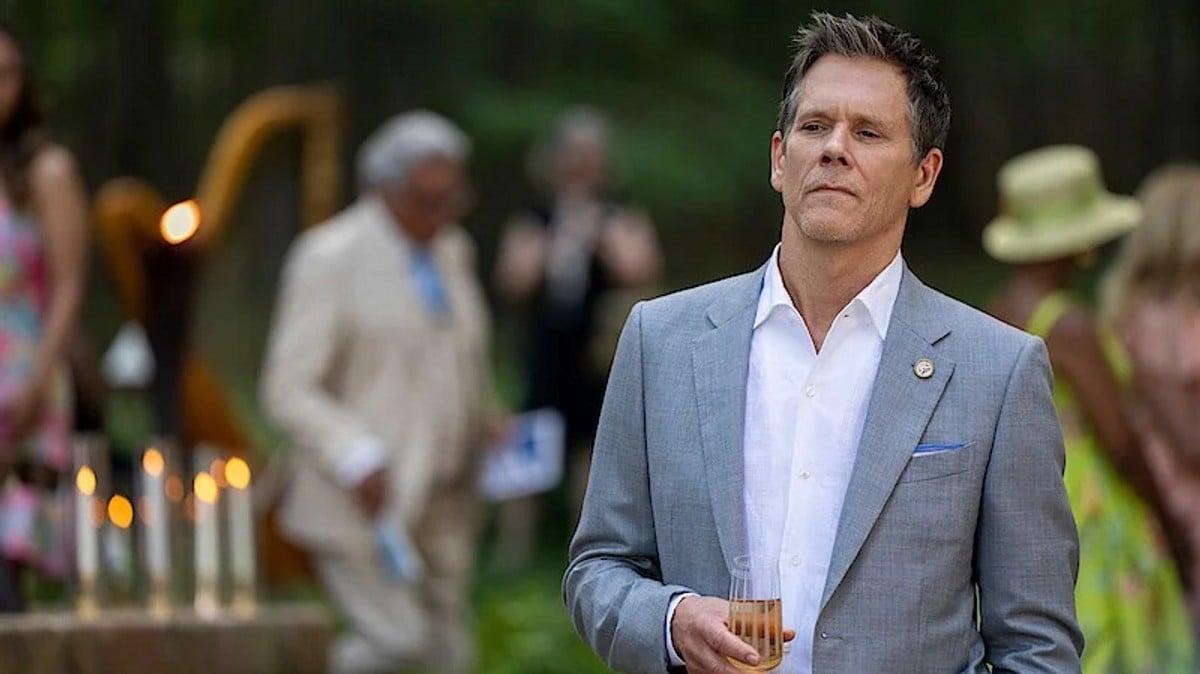
Image: Netflix
Bacon brings a surprising vulnerability to Peter, suggesting that beneath his powerful billionaire exterior lies a man… not a monster or a villain, but a flawed man. It’s this approach that transforms what could have been a stereotypical rich-guy antagonist into someone much more unsettling — because we occasionally see glimpses of humanity in him.
It is precisely this intricacy that lends the power dynamics in the series an added layer of realism and unease—Peter isn’t portrayed as wicked due to being a stereotypical caricature of villainy. Instead, his character becomes troubling because he embodies a form of entitlement associated with traditional masculinity that resonates profoundly within our own society.
“I may not adore every character I’ve portrayed, but I do try to comprehend their perspective at least somewhat. There were a few instances where I played genuine villains, yet I see them more as flawed humans,” Bacon stated.
“If they’re genuine monsters, then so be it, but whenever I portray a character, irrespective of their actions, I must find a manner in which they can be seen as somewhat justified—or perhaps not justified at all—but ultimately relatable, simply because they are human.”
The delicate mermaid visuals on the stage design.
The show’s name isn’t the sole allusion to mythical marine beings. Should you pay close attention, you’ll notice that the production design crew has cleverly scattered mermaid motifs across the entire series.
“As you observe closely, mermaid imagery appears,” stated showrunner Molly Smith Metzler.
The next time you watch, keep an eye out for mermaid drawings on the bathroom walls and the tiles surrounding the fireplace in Simone’s room.
This isn’t merely for decoration; it’s a thoughtful decision that enhances the show’s deeper mythos.
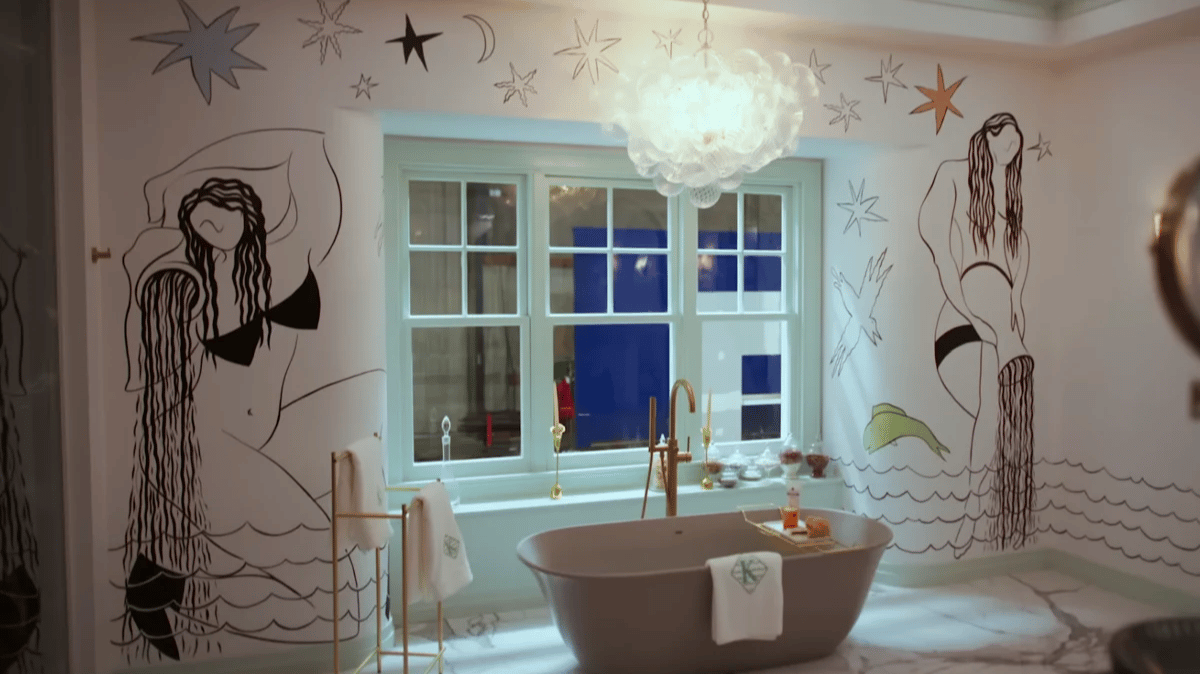
Image: YouTube/Netflix
Michaela is not the antagonist.
Although Michaela could appear to be cunning and deceptive at first glance, Julianne Moore’s portrayal uncovers a far richer personality—a lady ensnared within the confines of her luxurious prison.
“What you learn about Michaela is that she has made some choices that have really affected her autonomy. She is someone who you perceive as powerful, but really she’s not,” Moore explained.
He’s closely associated with an extremely influential person. She has sacrificed all for him. As a result, she lacks her own sense of control.
Actually, Moore challenges the “evil wealthy woman” stereotype through her depiction of Michaela, who exhibits real affection and worry for Simone and her prospects, despite employing somewhat dubious tactics.
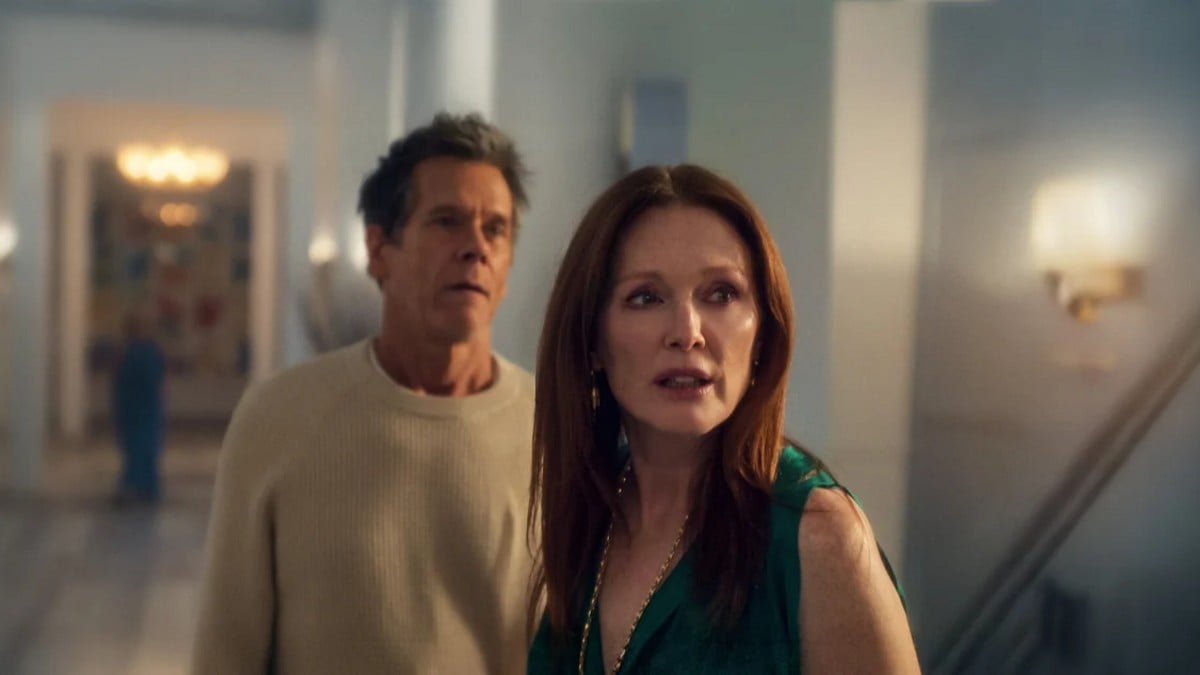
Image: Netflix
Underneath her refined surface, Michaela understands the perilous journey Simone is undertaking because she has been down that road before. In the younger woman, she sees an echo of her own history — attractive, skilled, and teetering on the edge of relinquishing control to a dominant figure. Initially perceived as manipulation, this behavior transforms into a frantic effort at safeguarding, even though these actions are framed by her personal experiences of pain and constraints.
“She’s extremely near to Simone, and that’s absolutely not what she wishes to occur,” she stated.
She tells her, “Avoid making the decisions I made. I want to offer you a chance. There’s an opportunity for work and for your life to thrive.” Yet, in the end, Simone follows the same path as Michaela.
Moore infuses Michaela with a deep sense of melancholy, indicating that her biting nature stems from decades of sacrifice and dashed hopes. Her advice to Simone isn’t just the envious musings of a seasoned woman; instead, it’s the invaluable insight of one who fully understands the weight of gilded chains.
The mythology behind
Sirens
.
Sirens
It’s more than just the show’s title; it represents the overarching mythology woven through the entire plot. At the core of this tale lie three women—Michaela, Simone, and Devon—who personify distinct facets of these mythical beings. Similar to those from legend, they wield a captivating force that draws in yet also endangers the men surrounding them, all while being misinterpreted and frequently condemned.
The production intentionally adopted this archaic structure to delve into modern-day gender-based power dynamics.
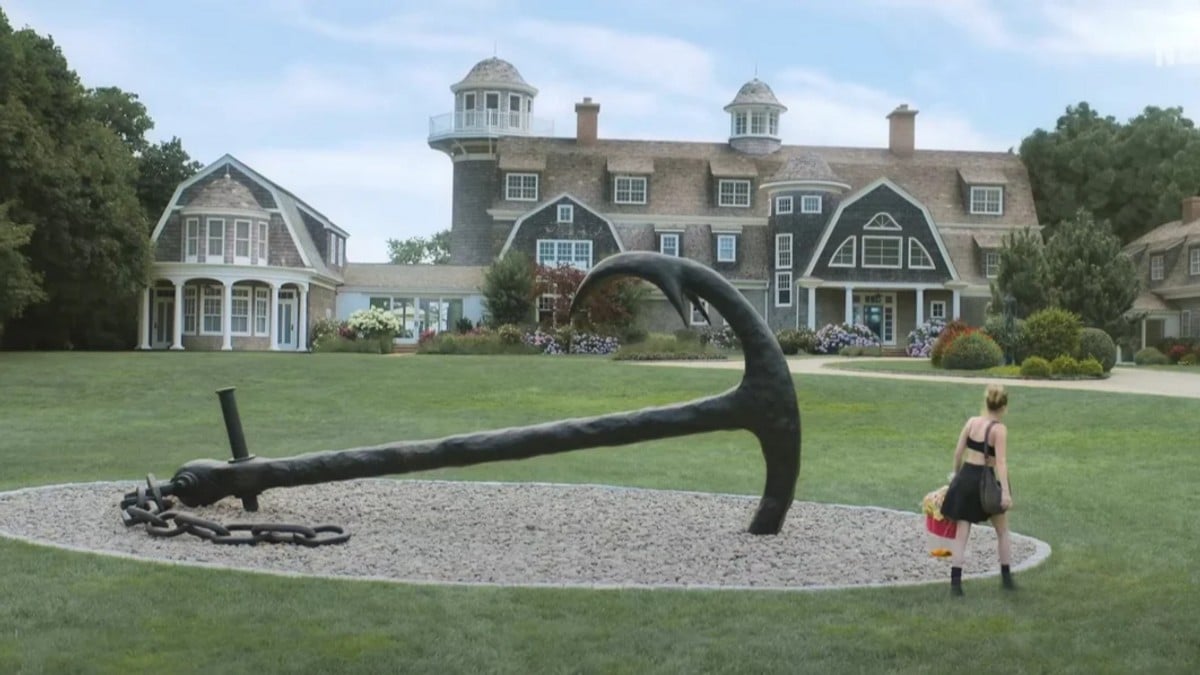
Image: Netflix
“When you consider the reasoning behind the mythology… the notion that these men blamed shipwrecks on mythical beings… those female singers. It’s intriguing. ‘So, you ran aground, yet you claim a lesser deity compelled you?’” remarked Julianne Moore.
Similar to how sirens were blamed in old legends for being the downfall due to male shortcomings, the females in this program end up shouldering blame for the harmful deeds committed by the males surrounding them. This series ingeniously flips the script on these mythological tales—revealing that what seems like feminine allure is truly masculine deflection, an easy storyline that lets men off the hook from their bad decisions and portrays women solely as antagonists or hapless sufferers.
Metzler pointed out that we exclusively hear about the sirens through the accounts provided by men, never from their perspective.
Perhaps their song reflects a sense of suffering. It could be that they feel deeply isolated and not properly understood. There might be an entirely different aspect to the narrative explaining why these three women are acting this way.
The natural resemblances among the trio of sirens.
Although Simone, Devon, and Michaela seem vastly different at first glance, the series intricately highlights significant similarities among them… details that might escape your attention during initial watching.
During an interview, Moore disclosed the robust bonds between Michaela, Simone, and Devon rooted in their shared past and challenges they have faced together.
“The three women portrayed here are immensely strong yet deeply hurt. Each has faced significant maternal loss, navigates complex interactions with men, and feels compelled to shoulder responsibilities perhaps more rightfully attributed to their male counterparts,” as stated by Moore.
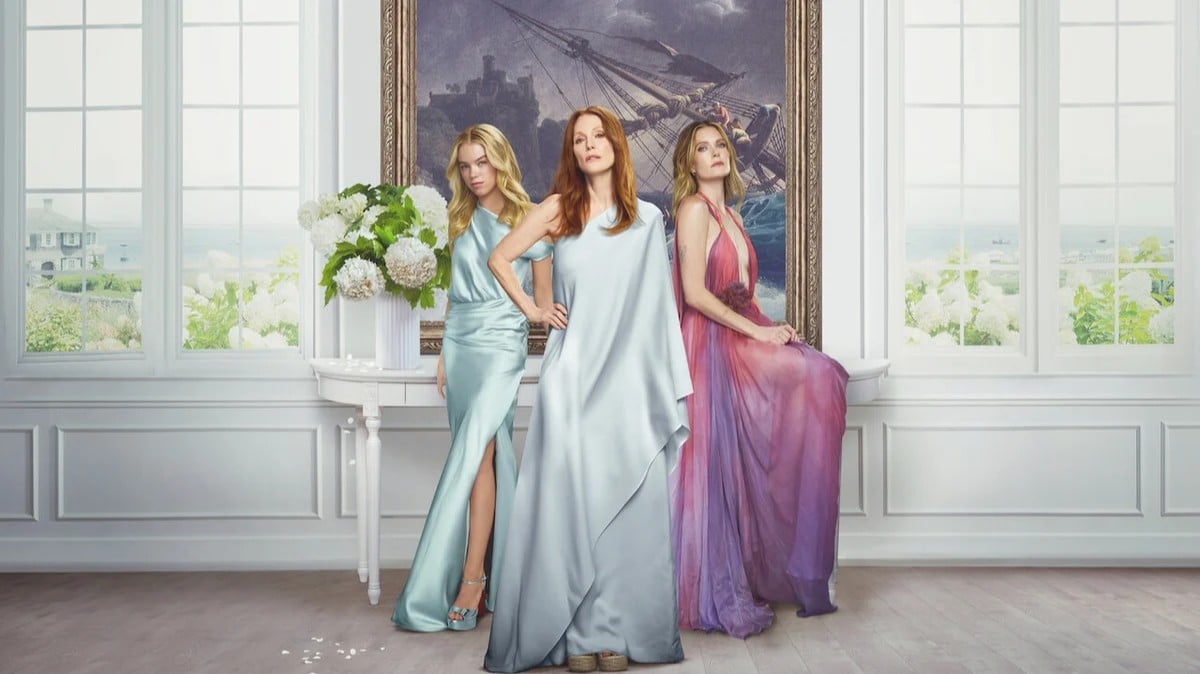
Image: Netflix
These collective experiences foster a unity that goes beyond their noticeable distinctions, indicating that women’s journeys—irrespective of their age or position—frequently adhere to alarmingly parallel trajectories within a male-dominated society.
The program skillfully portrays all three women as varying iterations of a single archetype across distinct phases of life, prompting audiences to reflect on how money, time, and situations influence women’s decisions without essentially altering their core challenges.
As soon as you recognize these links, the whole narrative shifts from being just a suspense story to becoming a strong reflection on shared feminine experiences.
Feature Image: Netflix.

